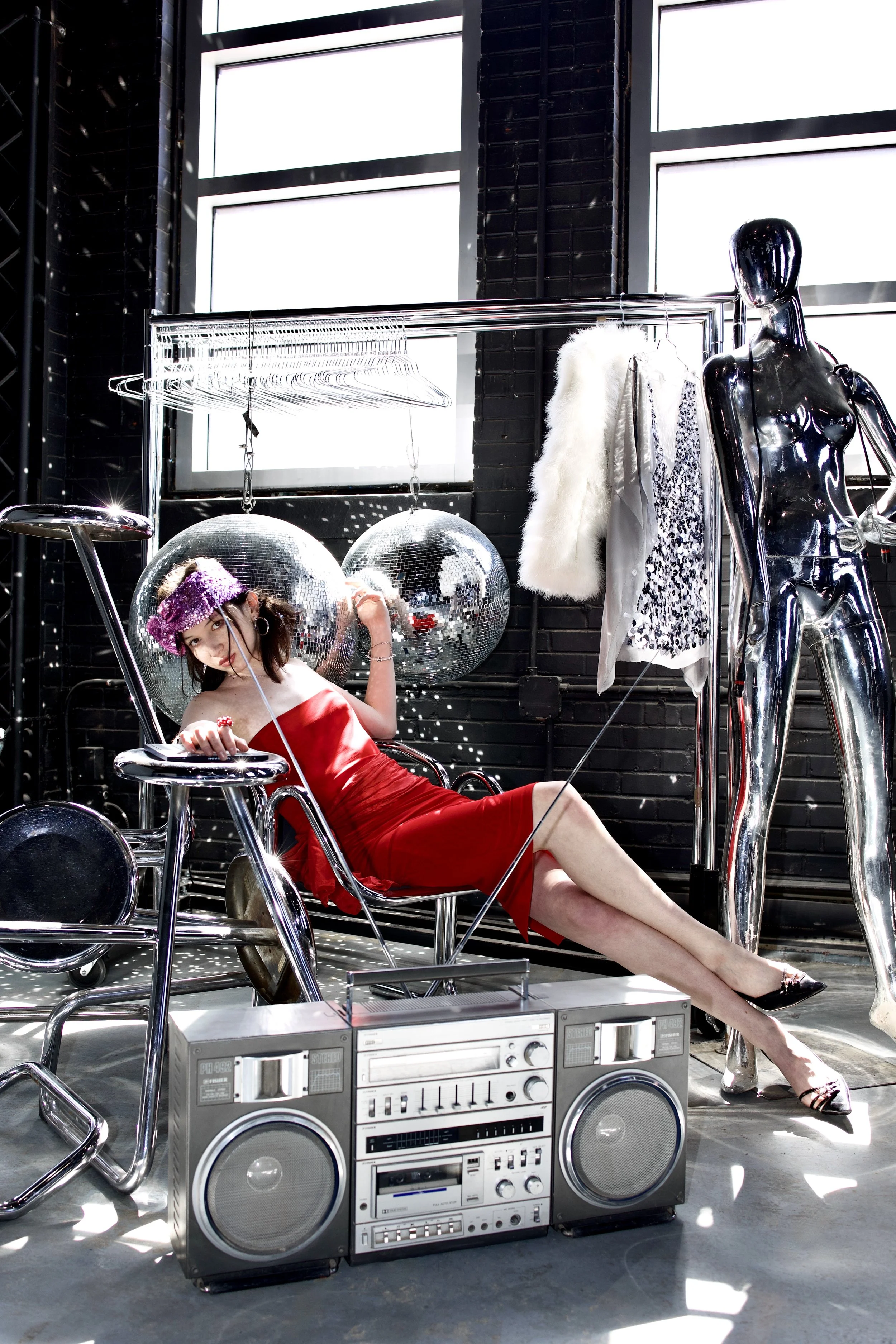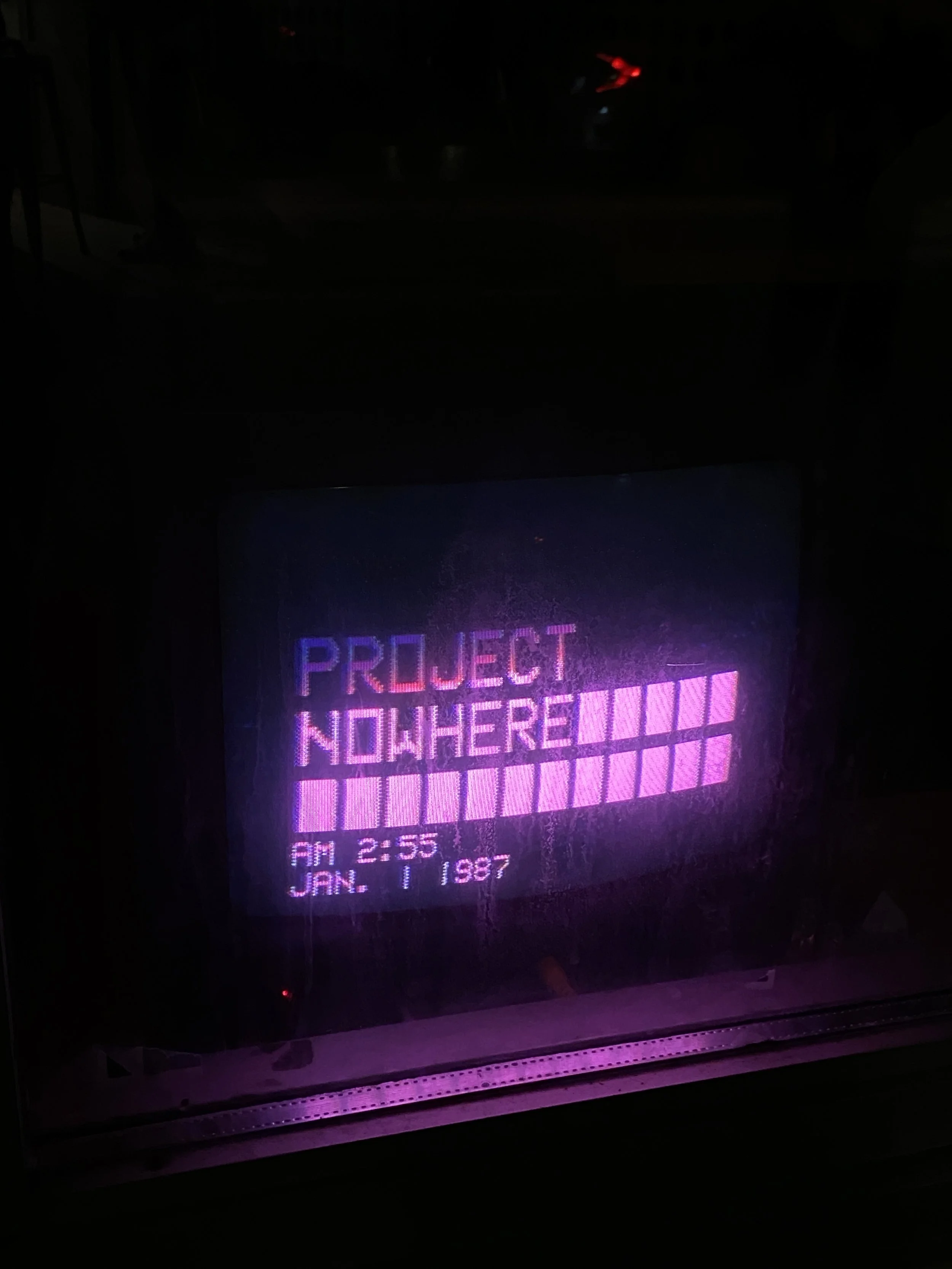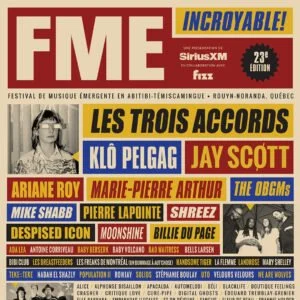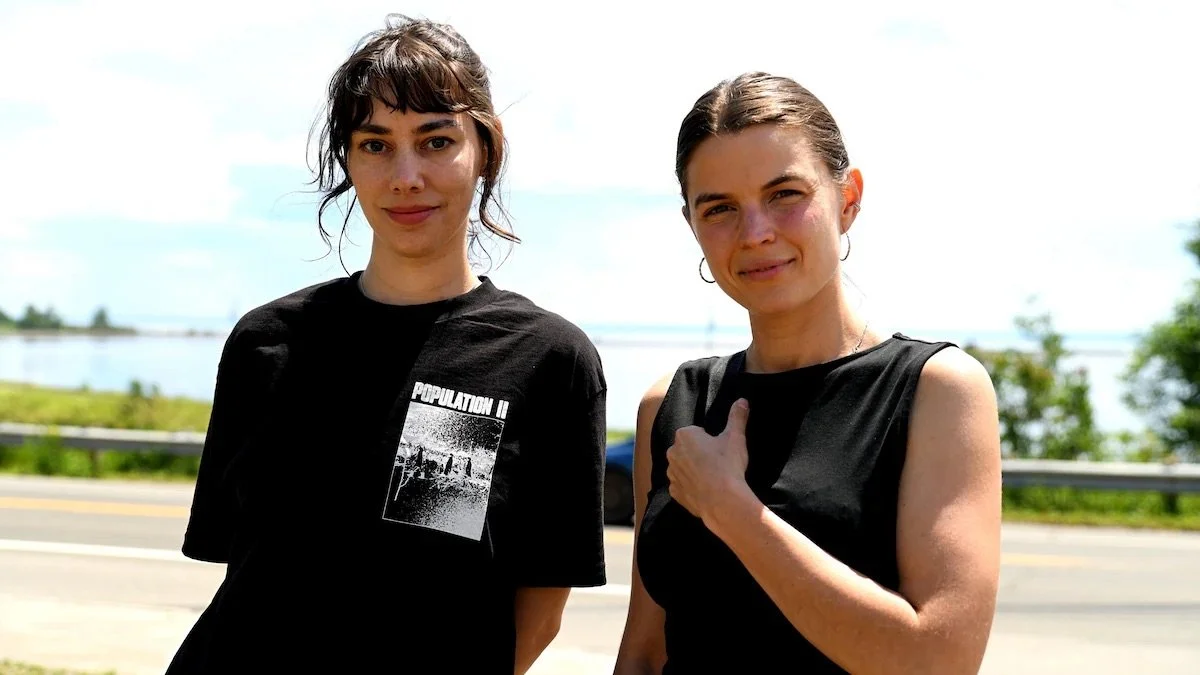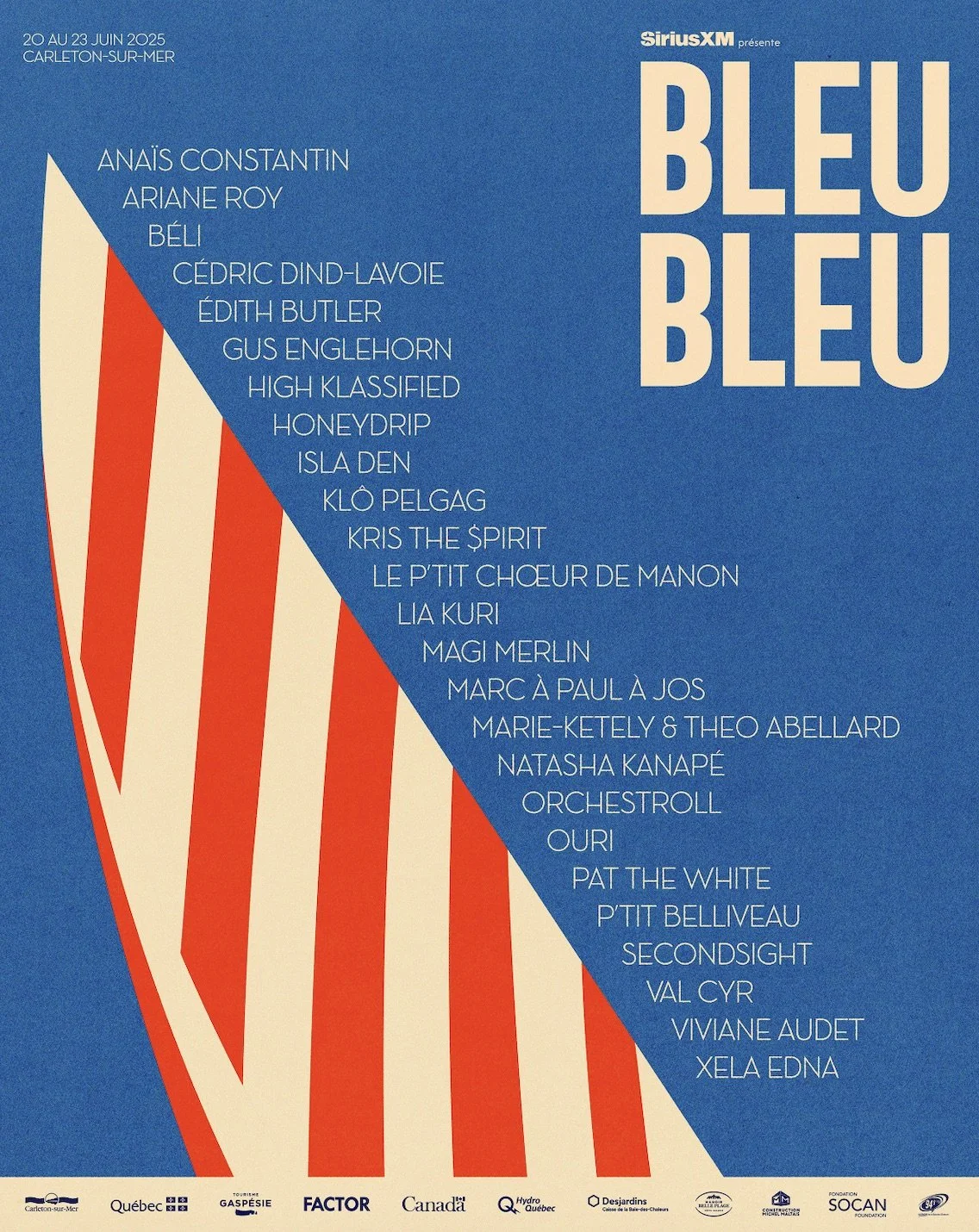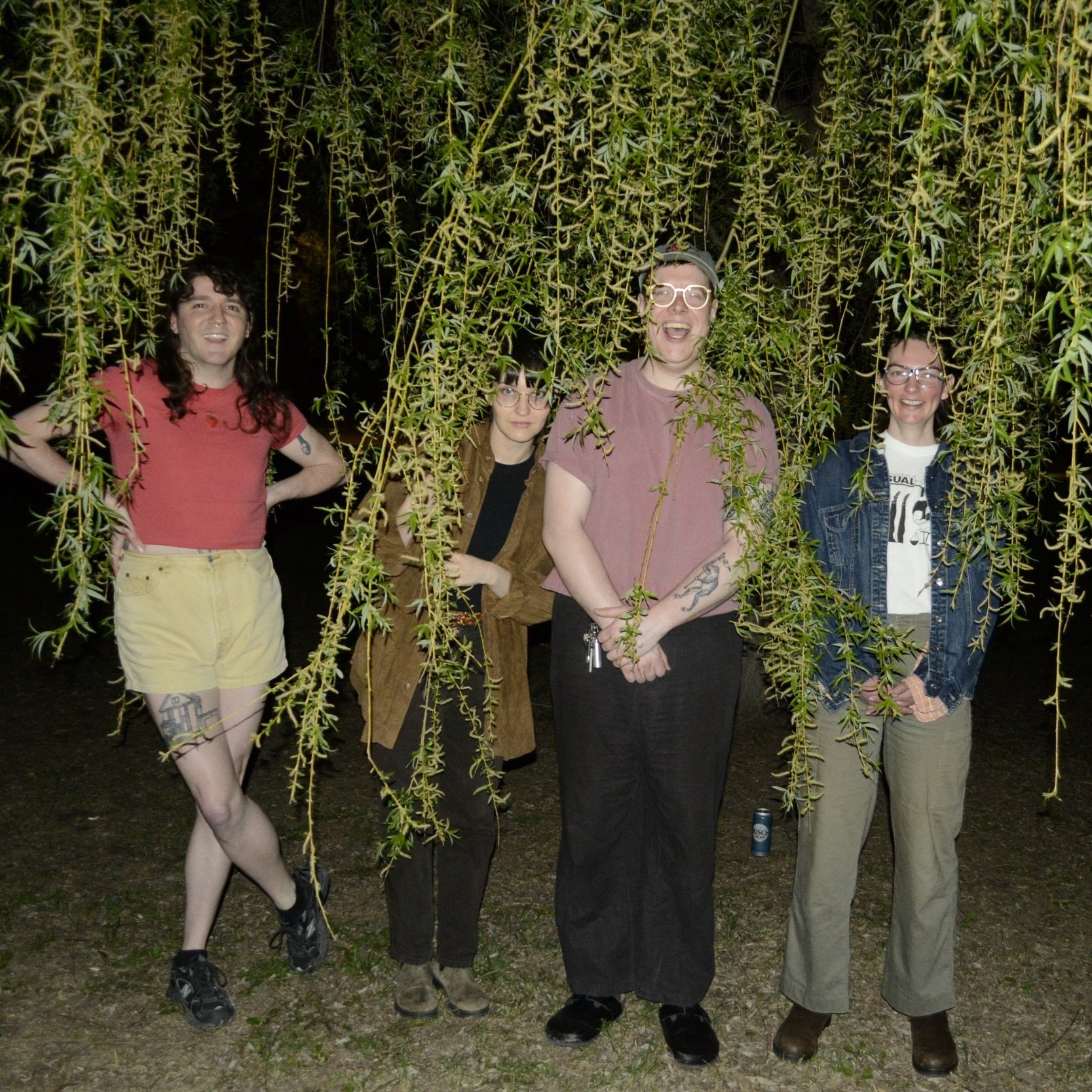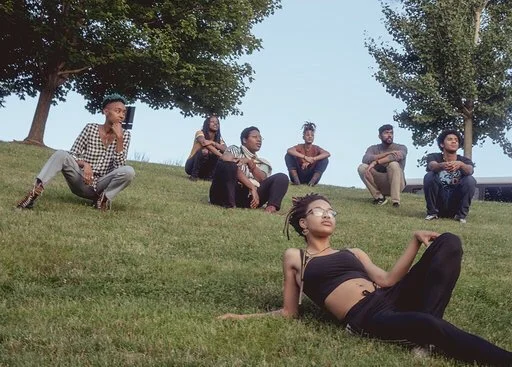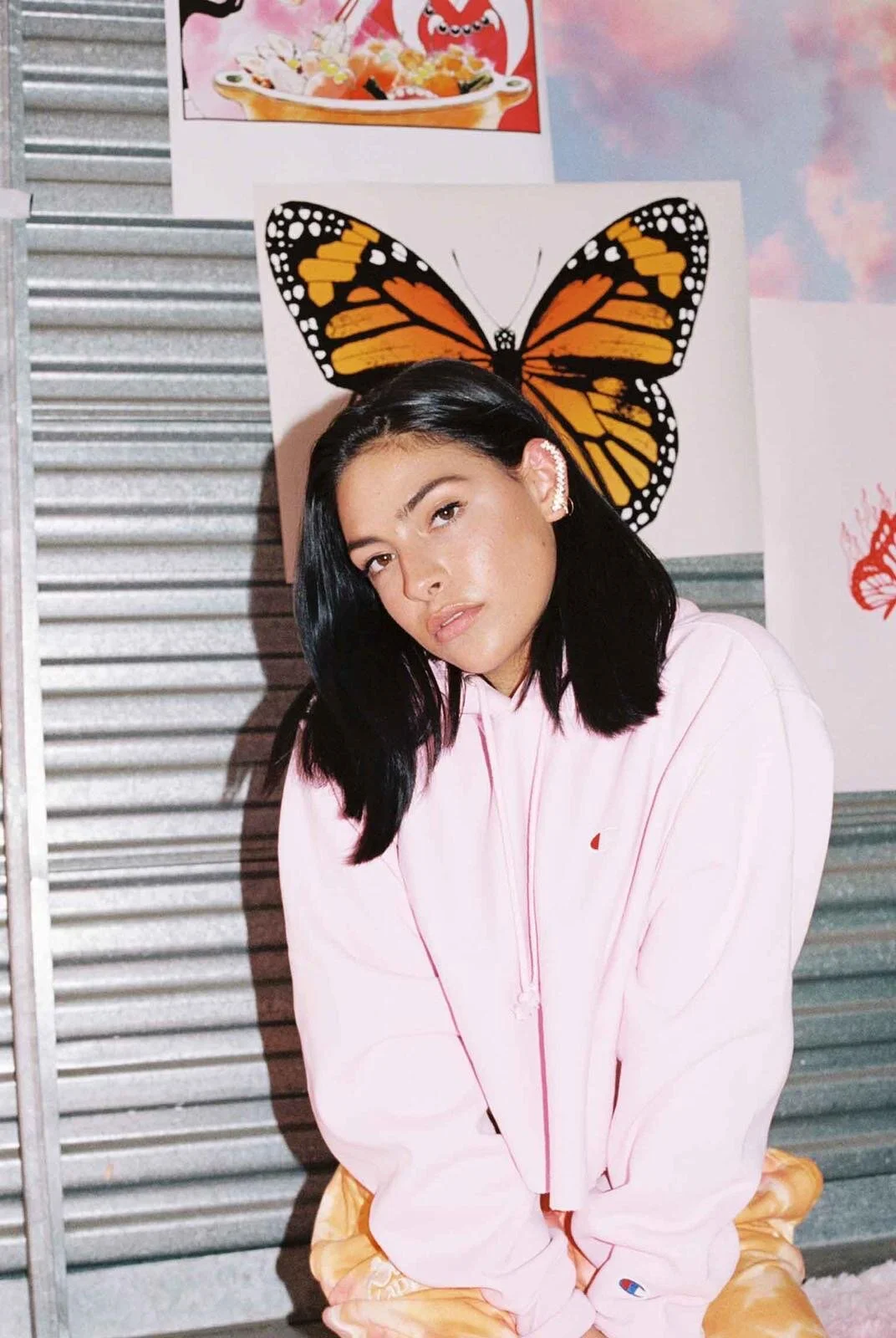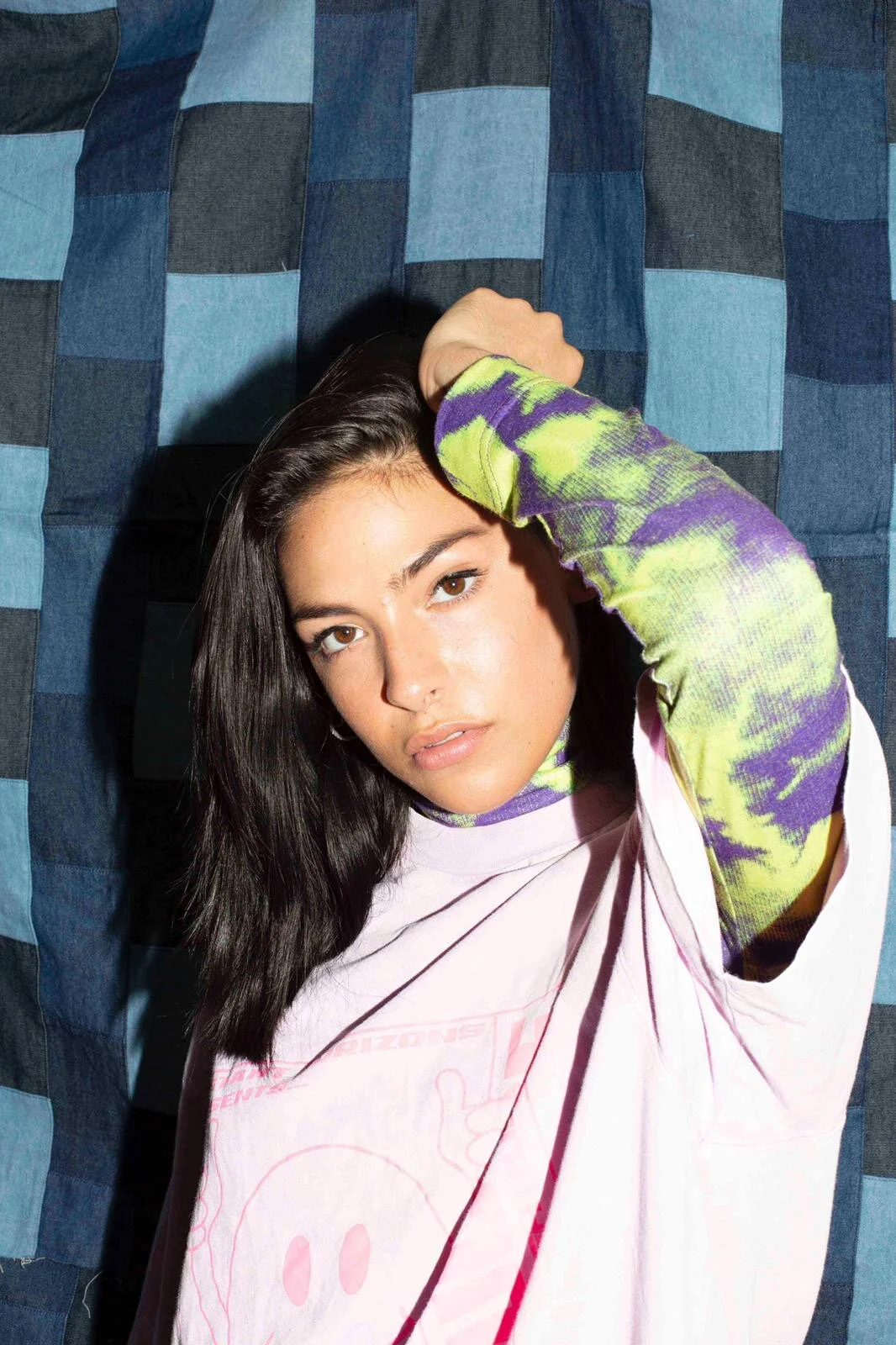Music Creating Its Own Universe: Dileta Cultivates Eclectic Energy in the Electronic Music World
Dileta by Moussa Fellahi
From screamo band member to popular Montreal techno DJ, Pascal Rivard, better known as Dileta, is nothing short of a unique and remarkable artist. Prior to meeting them in person for the first time in July, I had seen Rivard perform several times at parties and at raves; their eccentric energy enlivening the room still fresh in my memory. Last month, I had the opportunity to interview Rivard over Zoom, and we discussed music, COVID, and the Montreal electronic music scene.
Born and raised in Ahunstic, Rivard has always been close to Montreal and its dynamic artistic community. They began their musical career in heavy metal and screamo bands during high school, playing bass, guitar, and – you guessed it – as a screamer. During this time, the most popular form of electronic music in Montreal was psytrance, which Rivard would not come to enjoy until much later: “At the time I was too stuck up in my idea of what music was,” they explain. Their musical beginnings still linger as remnants in their electronic music many years later: “Looking back on it I was looking for the same characteristics in the music I was listening as what I enjoy in dance music now. I was always more into the textures and moods, and rhythm play and angularness of the music, more than technical prowess, which is a lot of metal.”
What first initiated their transition into electronic music was their encounter with the coldwave scene in Montreal, a genre they describe as “dark, 80s-inspired, minimal synth music.” Going to coldwave shows was their first “real experience with dance music,” and soon became a full-time passion. While they were living in Sherbrooke studying electrical engineering, they became friends with a Montrealer who showed them “everything about UK bass music, jungle, hardcore, garage, all of that;” genres still very much present in their newer music. “And that’s when it kind of exploded in my brain,” they explain.
The first parties they organized were small ones in the basement of their Hochelaga apartment, after finishing their degree and moving back to Montreal. “Me and a few friends of mine were all taking turns trying to learn.” Their first event, “Bad Timing,” was at La Sotterenea in the Plateau, and presented in collaboration with Lésions. “It was pretty full, and people were dancing… We didn’t know where we were going with all these styles of music, but it was really fun.”
Dileta by Moussa Fellahi
Rivard has since become a staple in the underground Montreal DIY techno scene. Before the pandemic put a halt to all cultural and musical public phenomena, Rivard was achieving what they describe as their “dream life, which was a bit crazy.” As a musical performer, they had never been so busy. They had their music and event platform, Coolground, busy with projects, and were also doing shows as a resident for Homegrown Harvest, a prominent rave-organizing collective in Montreal. “It was so fulfilling and so fun and I got to meet all these amazing new people in the scene all the time,” they said. “Until that all stopped… It was a bit demoralizing.” They now focus on guest and radio mixes, such as with Montreal-based radio n10.as. “I rent a studio and I can still go play loud music, that’s what’s been saving me I think.”
Another online music-sharing platform they have been playing for is Music Is My Sanctuary, or MIMS. Rivard and one of the platform’s founders had been in touch, and “the two of us hit is off because we’re two ridiculous music dorks, like we enjoy finding music and digging in rabbit holes.” Shortly after the pandemic began, one of the founders asked Rivard to record a mix for MIMS. Now, Rivard makes a seasonal mix every three months for MIMS and is part of the new-release picks team, which chooses new records every week to promote. Alongside these projects and their full-time job as a software developer, they explain they are “still practicing multiple times a week, and trying to perfect vinyl mixing, which is really hard.”
At the time of the interview, their then-latest mix was their favorite they had ever recorded (since then they have released their newest mix dimlit). The mix, titled Skyway Uplink, is a rollercoaster - not only in terms of BPM changes, but in also track genres, equalization, layering, fading, blending, and grooves. It has enough variation to satisfy any musical taste, literally. According to the Soundcloud description, there’s “IDM, tech house, broken beat, wonky techno, speed garage, club, nu-disco, hardgroove techno, grime/RnG, ghetto house, hardcore, some hard to classify stuff.”
It includes a lot of influence from cyberfunk, a genre “I’m kind of obsessed with right now,” says Dileta. “It’s really high speed, really synthetic, with really bright synth, really processed, and with video game music influences.” The mix perfectly captures what Rivard searches for in their music: spontaneity and unpredictability. Rivard did about twenty different takes for the first five minutes of the set, and the rest of the two hours in just one. “I felt like I had run a marathon,” they said, chuckling. “I was so concentrated while I was doing it… I was drenched in sweat by the end.”
There is no clear categorization Dileta identifies with in terms of a musical genre or style: “I go everywhere…. If you listen to my mixes it’s going to be all over the place.” BPM is one of the many techniques they like to play around with, but their intent is to stay unpredictable with it. “The instinctual way is to start at 120 and to go up to 170 or 180 or something, but I’ve been trying to do other stuff recently because it gets too predictable and my little teenage angst rebel spirit wants to be unpredictable,” they explain.
They have done sets before which stayed at a steady 115 BPM before suddenly going up to 175 at the end. “You need to feel it, but it can be a powerful too.” For those less familiar with this kind of terminology, imagine listening to Kelly Clarkson’s “What Doesn’t Kill You Makes You Stronger” all the way through until the last 30 seconds, and suddenly switching to Iron Maiden’s “Run to the Hills.” Rivard is also keen on practicing cuts with the faders, “less common with the Berlin techno way of doing things, or the house way or the UK bass way, it’s really from Detroit, like from the old school electro-DJs from Detroit, they always have two tracks, [flipping] them with the faders.”
Dileta by Moussa Fellahi
One way to better understand Rivard’s music is through their description of the meaning behind the title of the mix Skyward Uplink: it means nothing. “I like to put words together that make you think of things, but don’t really mean the things they mean,” they explain. “If you read them together they don’t mean anything, but they make you feel things. It’s a bit how I approach DJing, too.”
The variation and diversity within Dileta’s sets are due in large part to the sheer amount of time and effort they regularly spend digging and searching for music. On average, for a 60-minute set, they will have 1,000 songs on their playlist to choose from and will have planned one or two tracks as the anchor of the rest of the set. On their Recordbox alone, they have around 30,000 tracks: “It’s getting out of proportion, but it’s well tagged so I can find what I want.” In terms of technique, Rivard focuses on different blending methods and layering: “It’s a lot of chemistry experiments, like layering things on top of each other and in front of each other in a temporal way.” They describe staying up until 5 am just to discover new music: “My hunger for musical discoveries is a bottomless pit.”
Rivard identifies with what they call the “Mile-End core, queer scene” of the larger Montreal electronic music community. “Montreal is divided into so many scenes, it’s a lot of microcosms of genres of dance music,” they explain. “There’s an industrial techno scene, there’s a minimal house scene, the psytrance scene.” The DIY scene they are a part of organizes underground (sometimes literally, for those who know) dance parties, but also tries to stay politically engaged and community oriented. “I think I love my scene honestly… There’s a lot of concern of safety, always touching upon subjects, [and] trying to do better,” they explain.
Dileta by Moussa Fellahi
Organizing these parties is easier said than done – and for rave collectives in Montreal, the process of finding and being able to pay for venues is not a simple task. “We don’t have many clubs in Montreal which are open to, let’s say, left-field dance music,” says Dileta “A lot of it is done in DIY venues… Sadly most owners don’t really align with our values, it’s always about having to make a compromise to get in some spaces that are [in] more of a capitalist mindset.” The best solution, they argue, would be for the organizers to own venues themselves. “We’re in our little queer political bubble where we think we’ve got our values, and it’s all set and all understood by the scene but you get out… It gets more tense.”
One of their favorite aspects of the scene is the interconnectedness and support found between the organizers, DJs, and participants during raves. “You always feel close to the performers,” they reminisce. “Rave is a feeling when you can lose your body and forget your bodily restraints… I love playing when people are ready to go wild like that.” The conversation with Dileta reminded me of just how much artists and people in DIY communities have always found alternatives to produce and share art in the face of barriers, and with this pandemic it has become clear.
Dileta by Moussa Fellahi
Dileta
Soline Van de Moortele is a Philosophy student at Concordia/insatiable feminist, raver, and writer.




